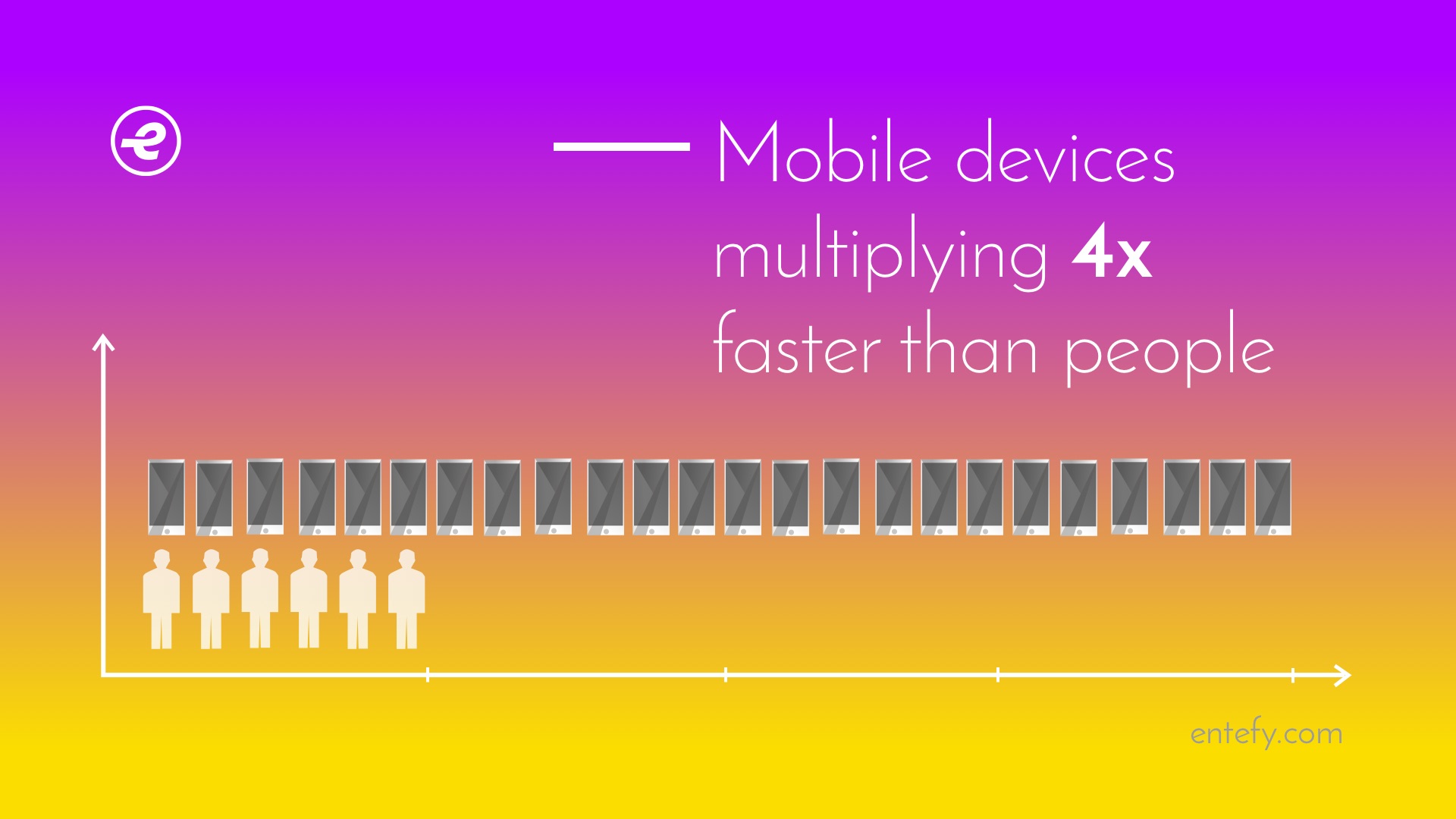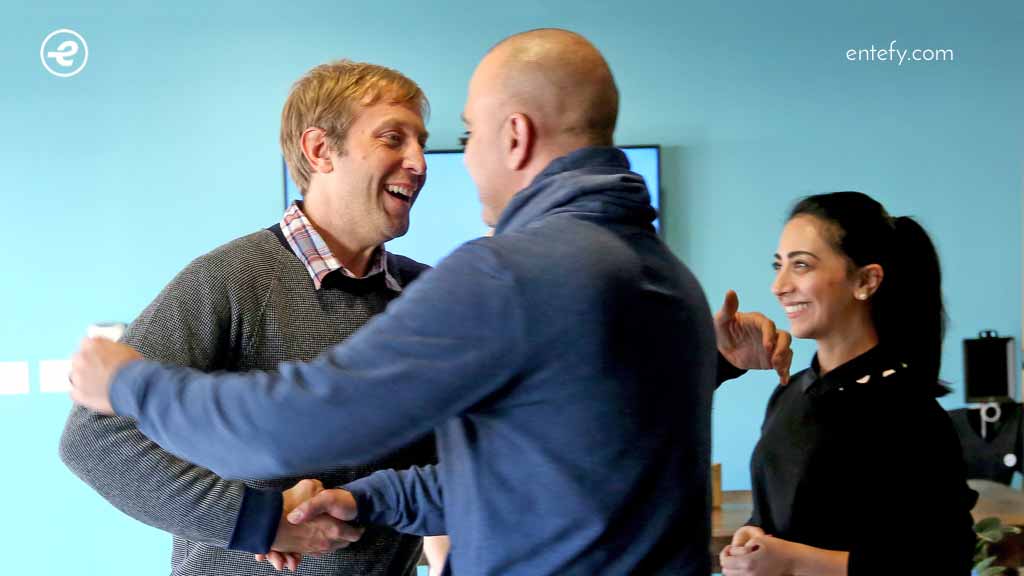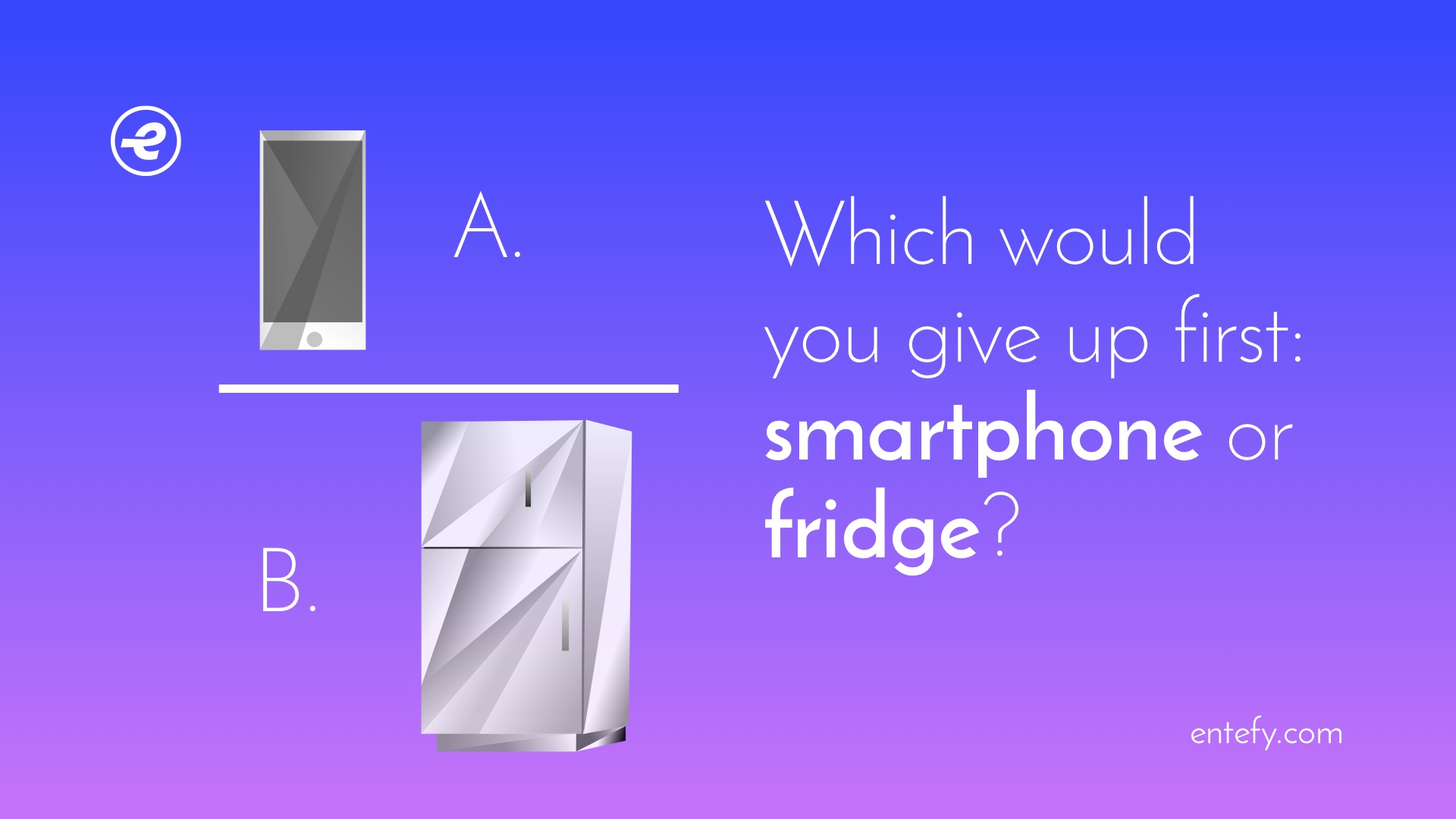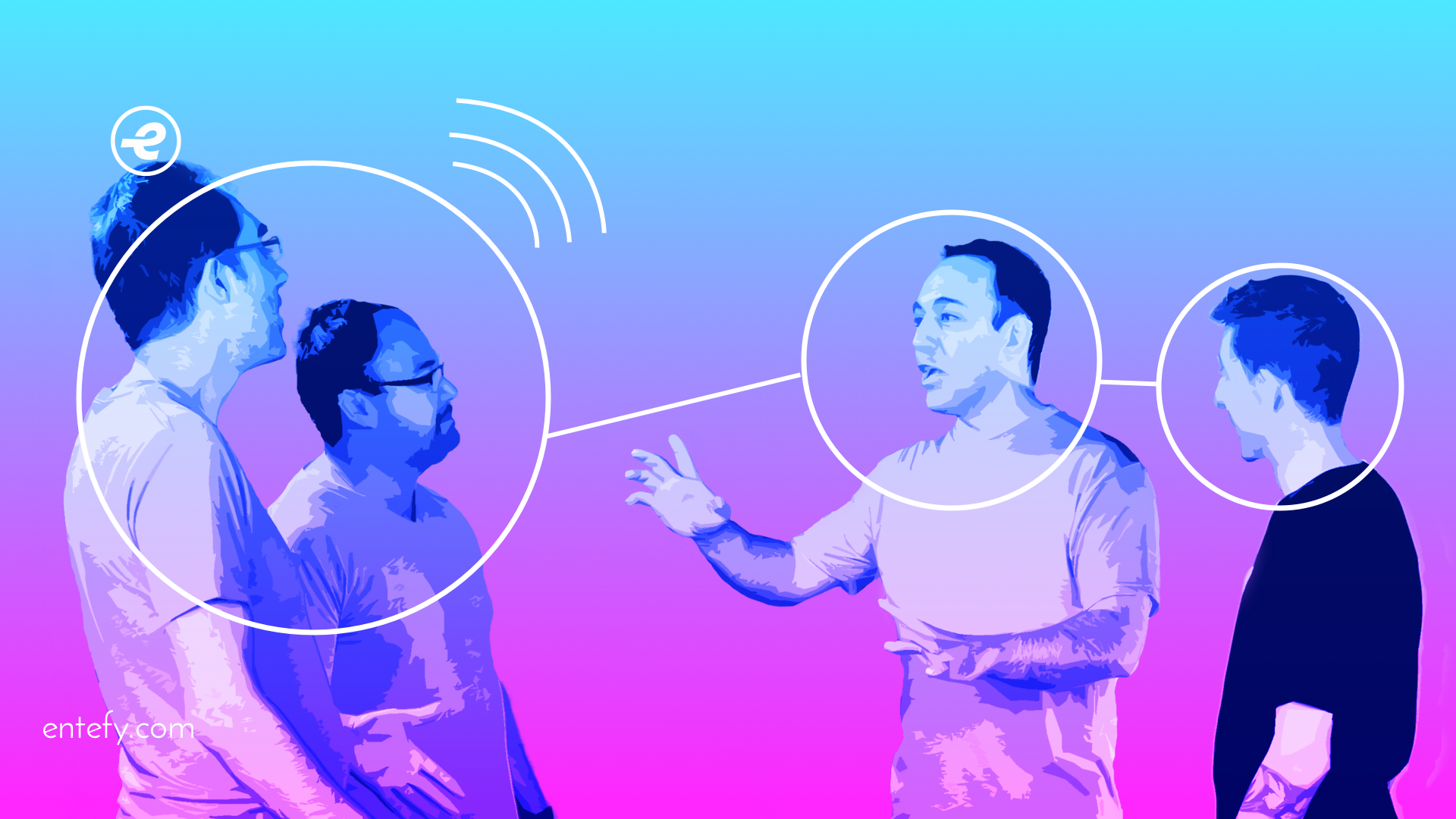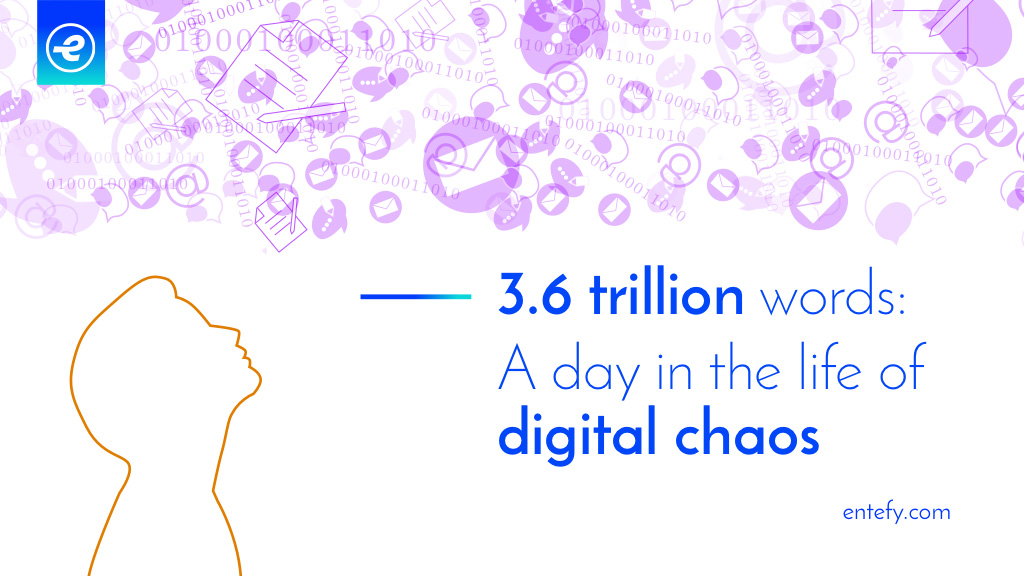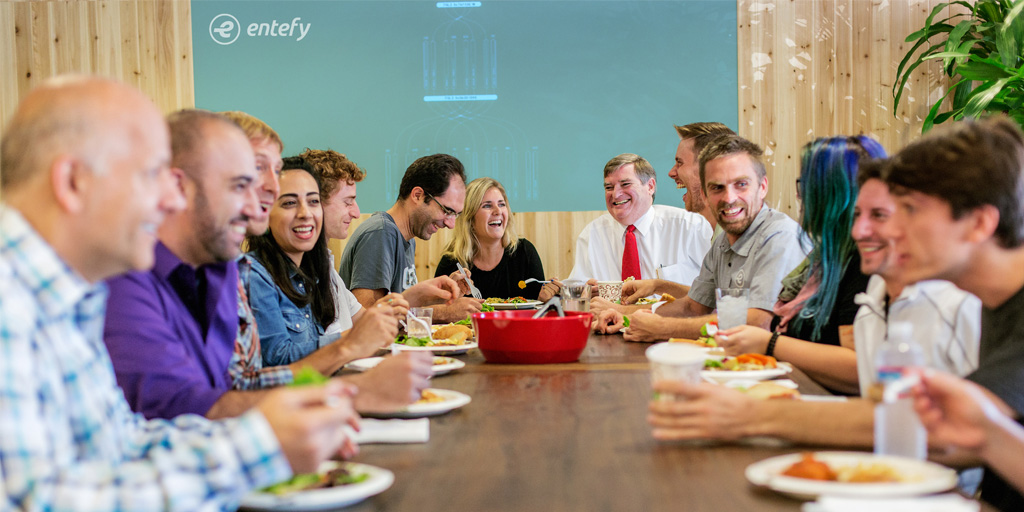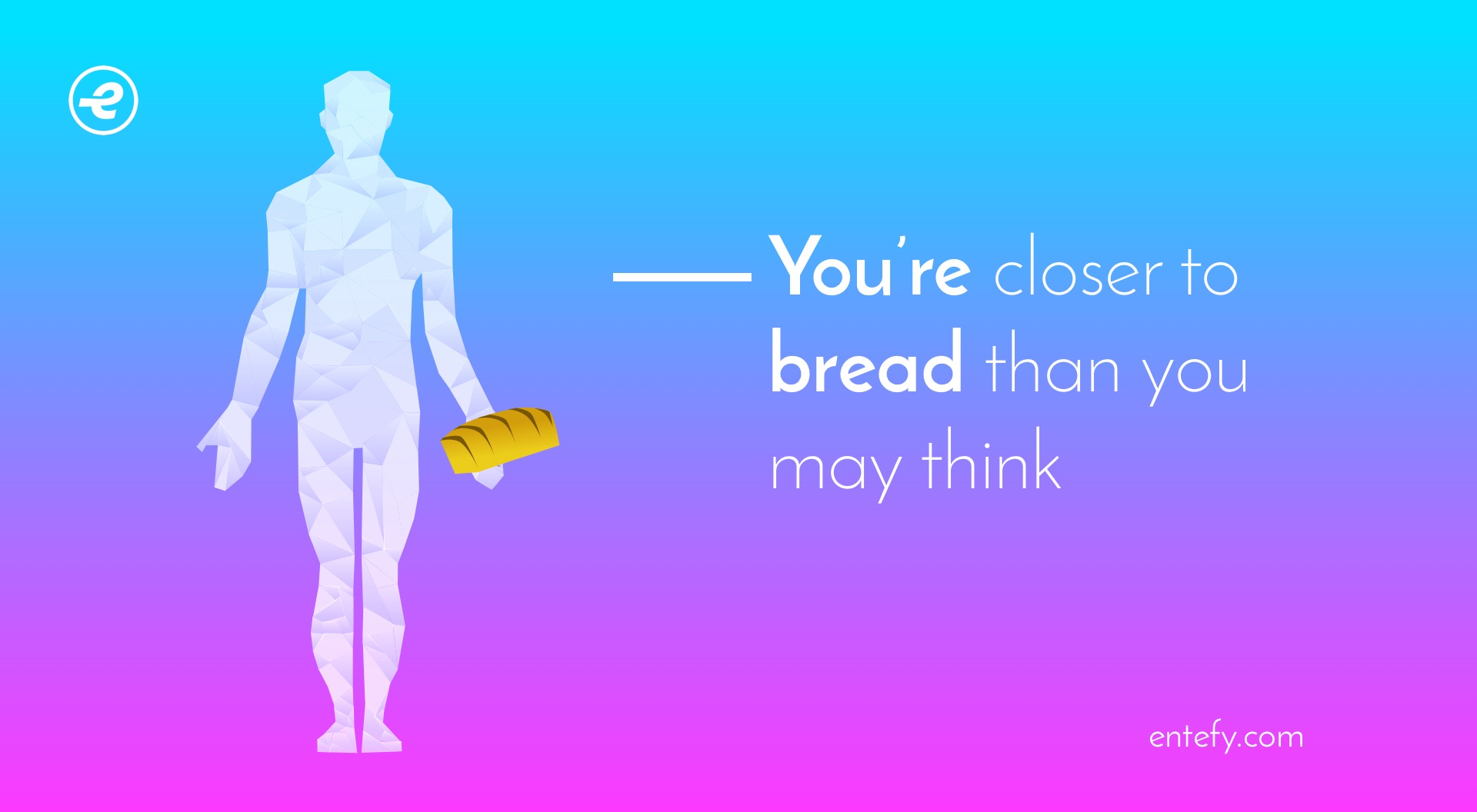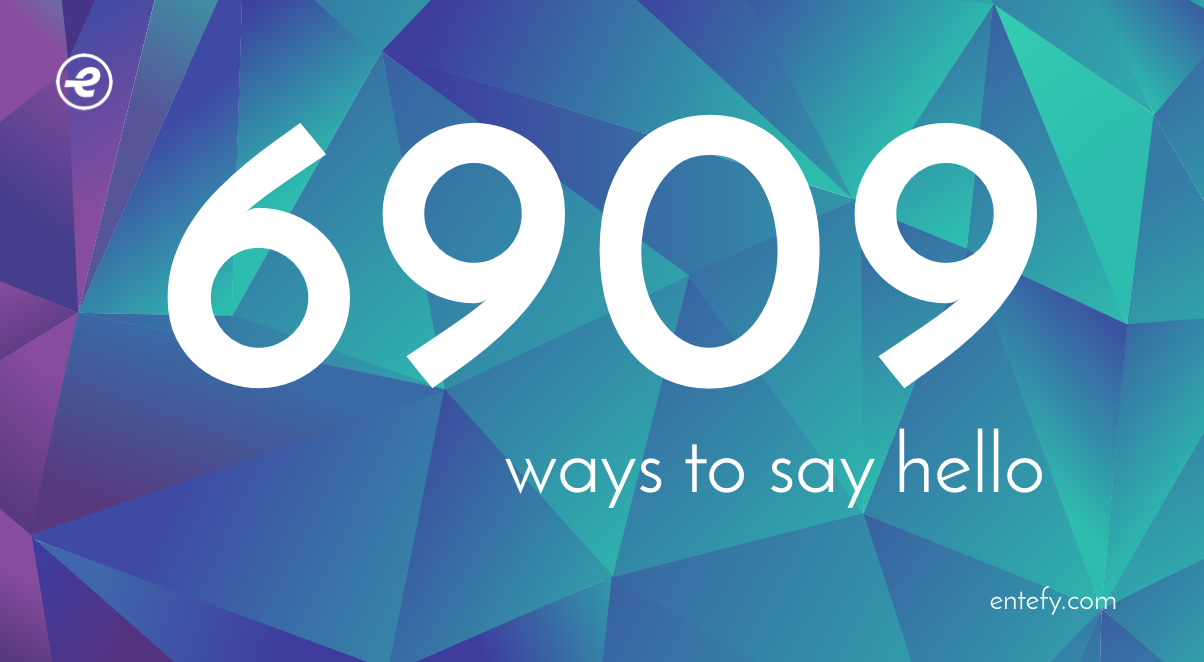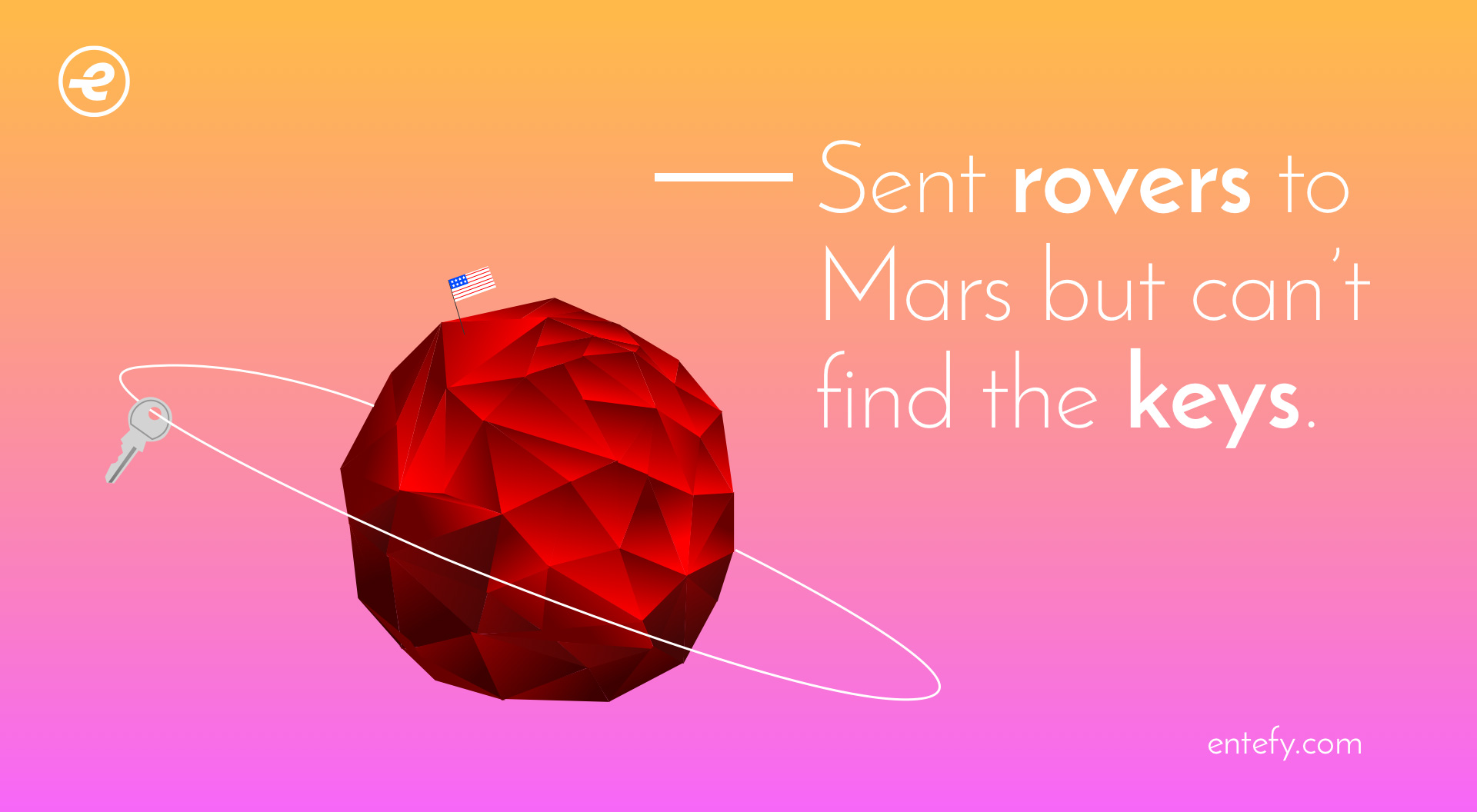You can learn a lot about effective teams from a smart thermostat. One of the first home appliances enhanced with Internet connectivity, the thermostat has become a cornerstone in home automation systems. But there is still a long way to go before these systems attain the vision of an interconnected, intelligent whole. As it stands today, individual smart devices—thermostats, dimmers, window shades, alarms, wall switches—work well independently but lack unity, the harmonizing force that turns an array of standalone devices into a coordinated system.
Entefy does a lot of work redefining how people interact with the Internet of Things. Which is how we realized that smart devices, working together seamlessly, show us how teams can best be organized for efficiency and impact. And how they can make better, smarter, faster decisions when they’re operating in productive harmony.
Here are 5 insights to get you thinking:
1. Trust the thermostat to do its thing. Trust among team members is a critical prerequisite to effective brainstorming and problem-solving. When team members know they have their team’s support and trust, they feel more comfortable taking risks. This fosters an environment for cognitive leaps, unexpected ideas, and creative problem-solving.
2. The dimmer needs to know when to adjust. Harmony can’t exist without information flow. Teams need communication channels for each team member to share what they’re doing, thinking, and planning. This sets the stage for efficient and effective decision-making, reduces duplicated effort, and boosts productivity.
3. Temperature up, shades down, dimmer up. Process is the heart of collaboration. Harmonized teams have mutually agreed-upon processes and mechanisms for adjusting those processes when needed. Process is how team members know who to ask what, when to make a decision, and how to evaluate their own effectiveness.
4. Dependability makes the alarm useful. Dependability is a cornerstone of any effective teamwork. It has multiple facets: responsibility, consistency, reliability, timeliness, and attention to detail. There is even the added dimension that dependable colleagues can contribute to a lower-stress environment.
5. Let the lamp lead when its dark. Team leadership should be fluid, with subject matter experts taking center stage while the team is focused on matters related to that area of expertise. This leverages individual strengths and helps team members prioritize the success of the group over personal achievement.
Teams and teamwork are essential to any endeavor. So when you’re assembling a team, leading a team, or participating in a team effort, keep the smart thermostat in mind. Individuals can get the job done, and making them part of a harmonized ecosystem positions everyone to make a real impact.
